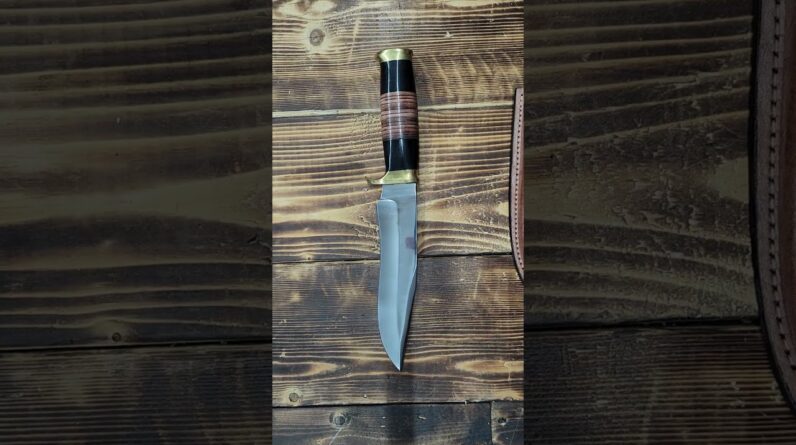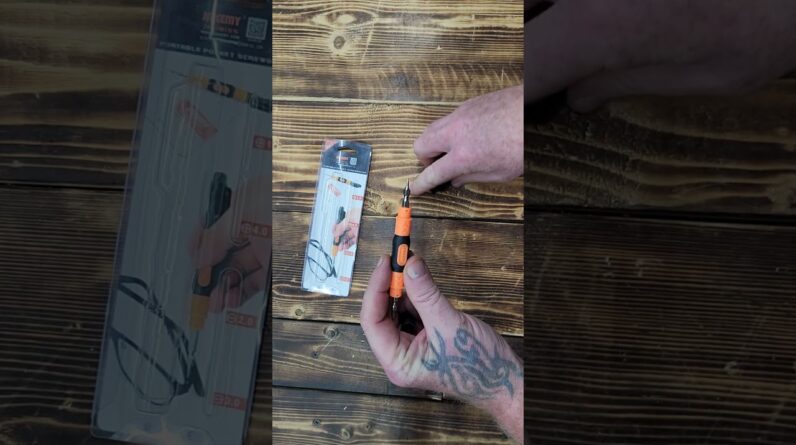
Doomsday Prepper’s Guide to Survival Prepping Supplies
While you can never be prepared for a disaster, a 72-hour emergency kit is still better than nothing. Many modern experts recommend two weeks’ worth of supplies. In case of a disaster, it would take much longer than two weeks for emergency systems to react. That’s because disasters can happen suddenly, without warning, and our emergency systems were not designed to deal with such widespread events as the California Wildfires, Haiti Earthquake, and Hurricane Harvey.
You’ve probably heard the saying “civilizations are three meals from anarchy.” This is especially true in the US, where 50% of citizens can’t handle a $500 emergency without using their credit cards. A prepper’s list should include food and bottled water in addition to other necessities. If a disaster does strike, you’ll be glad that you have taken these steps to prepare for a possible calamity.
Your survival prep efforts will be most effective if you have plenty of space to set up a homestead. You’ll need ample space to store your supplies and medicine, as well as water and entertainment. Even if you live in an apartment building, there’s only so much space you can have in it. You also risk being vulnerable to attacks from others with the ability to steal your supplies or harm you. With these factors in mind, you should consider investing in solar panels and chickens as your primary source of food and shelter.
Your survival plan should include tools, communication equipment, and emergency supplies. Then, you need to have an escape plan to get home safely. Don’t forget to include a backpack with items you need in case of a disaster. If you have a family, you should make sure to plan out a way to pick up your loved ones and move to your shelter or survival location in time. Make sure you know how to get home safely in case something happens.
After determining your location, you should also choose a place where you can safely live in the wilderness. If you live in a city, you might choose to bug out in the woods or pre-position your survival cache. Bug out locations should be remote and away from major population centers. Having water and land access is essential as well as security. Learning these skills is fun and can save your life. However, remember that it is always better to be prepared than sorry.
Preparing is not something that you should do overnight. It should be done gradually. It is not necessary to stockpile mountains of food and medicine if you don’t have the money to do so. There are plenty of small, manageable steps you can take to prepare yourself. Watching television shows like Doomsday Preppers can help you get in the right mindset. You’ll learn how to survive in a disaster and recover from it better. Whether it’s a natural disaster or an unforeseen catastrophe, preparing is important.
When preparing for a disaster, it’s important to learn survival skills, including how to forage for food and build a shelter. Knowing how to hunt, fish, and grow food will make feeding your family easier. Without proper training, you won’t know where to find safe drinking water. Knowing how to fight back against a potential attacker is essential. Know how to use firearms and practice martial arts can also make your life much easier if the worst happens.
Several websites and blogs specialize in survival planning. The Preppers Network is owned by Tom Martin and Phil Burns and aims to educate and empower Americans to be self-sufficient. The SHTF Plan features a library of articles, videos, and commentary. Author M.D. Creekmore offers advice on how to prepare for emergencies and store food. He also runs a shop specializing in survival-related products. This is a great place to learn more about the basics of survival.
Once you have a general idea of what your prepping list should contain, you can then refine it based on your specific geography. Consider your home defense needs, community safety, and domestic situation, as well as your local geography. Once you’ve nailed your list of essential items, it’s time to think about what to stockpile. For example, if you live in California, you may be at risk for wildfires, earthquakes, and climate-based tidal events. In Tornado Alley, a natural disaster can cause destruction and infrastructure.






